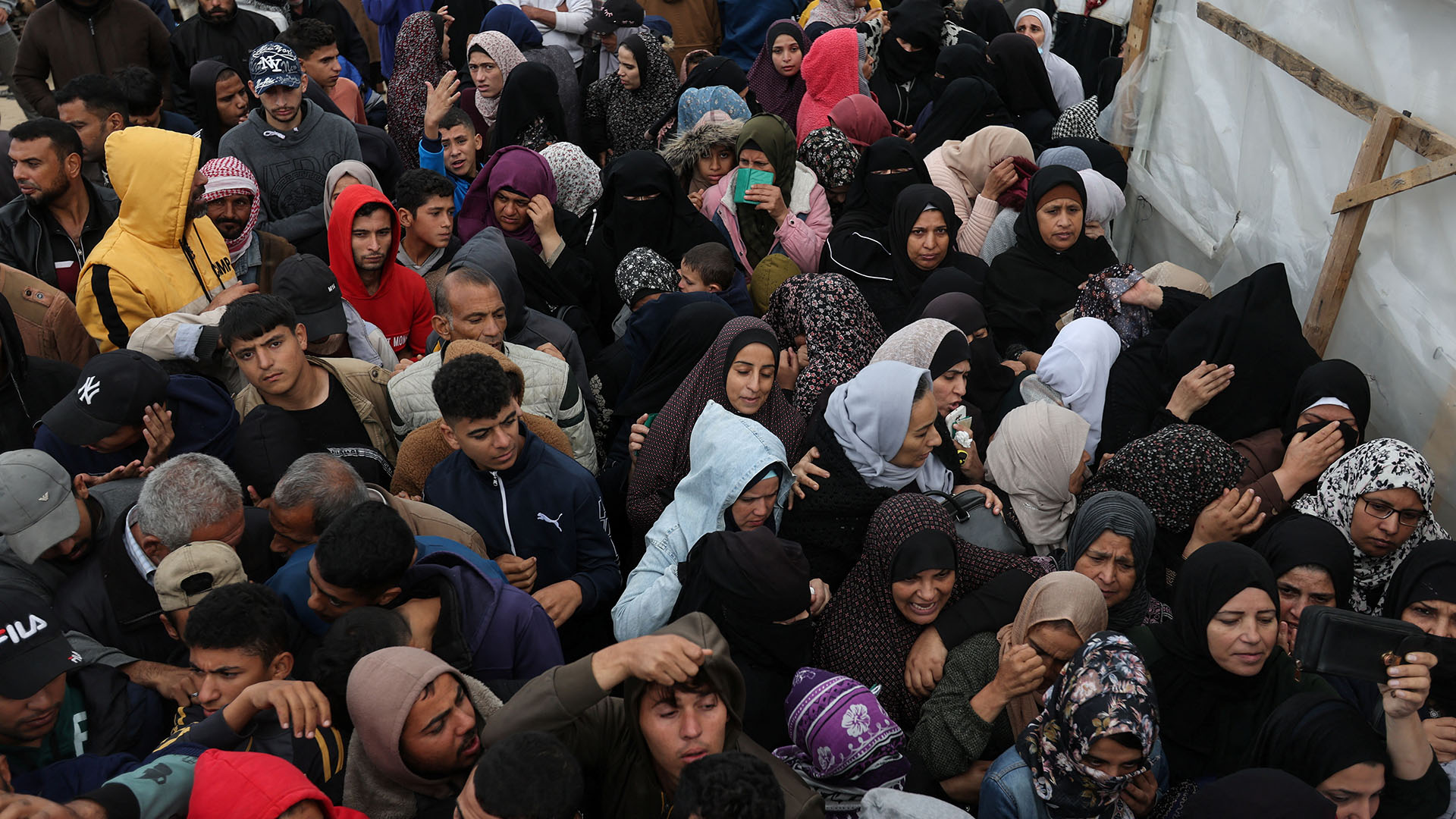As Russia bombs Ukraine’s infrastructure, its own services crumble at home
In late October, two sewer pipes burst in the southern city of Volgograd, flooding several streets with feces and waste water, and leaving 200,000 of the 1 million residents without water or heating for several days.
Ilya Kravchenko, a local lawmaker who collected testimony from more than 1,000 victims of the incident and filed a lawsuit against the corporation that owns the sewer system, said the sight was “not pretty.”
“This is the worst year on record. The city has never had so many problems,” Kravchenko said.
A few weeks later, a similar, though less drastic sewage problem in the town of Pervouralsk, a small city west of Yekaterinburg, provoked residents to drag buckets of fecal water to the offices of the local water council in protest, claiming authorities had neglected the problem for years.
While disasters now raise suspicions of sabotage linked to the war in Ukraine, poorly maintained infrastructure is a long-standing and persistent problem in Russia — the result of old Soviet-era systems in need of repair and costly maintenance, decades of endemic corruption, and the government’s prioritization of defense and security budgets, as well as the development of major cities over regional towns.
“Not a day goes by that we don’t hear from one region or another in Russia about an accident in the housing and utilities sector,” declared a recent article in a local newspaper in the city of Perm.
“During the last heating season more than 7,300 accidents occurred in housing and utilities sector of the country, and, judging by the way the winter started in 2022, one should not expect the statistics to go down” the article said.
Meanwhile, a Russian senator, Andrei Shevchenko, said last year that utility infrastructure in Russia had depreciated by 60 percent and that the cost of needed repairs exceeded 4 trillion rubles, or about $58 billion. Shevchenko noted that in some regions, the state of public utilities was “of great concern,” and that in some cases the overall wear and tear had exceeded 70 percent.
Analysts say that infrastructure-related disruptions could soon multiply as Western sanctions start to bite, and that ongoing, preexisting problems are adding to growing popular discontent about the consequences of Russia’s war against Ukraine.
The frustrations some residents have expressed over deteriorating infrastructure in many Russian cities was summed up in a recent Instagram post by Omsk Ogo, a civil society group in the Siberian city of Omsk, where winter temperatures fall to minus-4 degrees Fahrenheit.
“On TV they say that Europe is freezing, but no one mentions that in Omsk 40,000 houses do not receive gas,” the post said, referring to a 2017 report that found that thousands of homes in the city still use coal or firewood for heating. “The rest of the homes have to regularly turn off the heating, because the infrastructure for utilities has been totally worn out.”
Daniil Chebykin, who founded the group, said that although Russia is regarded as a major oil and gas player, many Russians outside Moscow still live with rudimentary heating and experience regular utility accidents, such as exploding boilers.
Chebykin said that little has changed in the 23 years of Vladimir Putin’s tenure as the country’s political ruler, and that the disparity between the Russian capital and regions has widened. “Omsk can be a very hard place to live,” he said. “Meanwhile, in Moscow, there is a good infrastructure, excellent public transport, and everyone is investing a lot of money there.”
Right before he was poisoned with the nerve agent Novichok in 2020, Russian opposition leader Alexei Navalny had been filming interviews in Siberia that highlighted construction problems and the dangerous living conditions of certain neighborhoods. In one such interview, Daniil Markelov, a local activist in Novosibirsk, showed Navalny around his home.
“Welcome to my district: endless identical panel high-rise buildings, without a trace of any amenities and construction that has gone on for years,” he said. “The biggest problem is that this new housing is literally dilapidated. It is extremely dangerous to live in it. People receive keys to apartments that do not have elevators, railings or electricity.”
In a phone interview, Markelov, who has since immigrated to the United States, said that although life in Novosibirsk had marginally improved in recent years, the center of the city was “a decoration that is hiding poor and dangerous buildings everywhere.”
“Money is flowing to the capital. As a result, small cities are disappearing,” he said.
Analysts said sweeping sanctions imposed after Russia’s invasion of Ukraine have disrupted supply chains in the country and may significantly curtail Russia’s ability to resolve its own infrastructure problems.
A particular obstacle is the inability to import spare parts and products because of sanctions. Russia has long relied on imported equipment and technology and does not yet have the domestic manufacturing capacity to fill this gap. Since the outbreak of the war, imports have dropped by up to 25 percent, according to Russia’s trading partners.
Ukrainians were shocked in the initial months of the war when Russian soldiers carried out large-scale looting of basic housing appliances in occupied towns and villages — an indication of the disparity in quality of life and access to affordable goods between the two countries.
Nikolai Petrov, a political scientist at the British think tank Chatham House, said that the issue of limited parts could effect “everything,” including aviation and traffic lights. “Without these parts, the whole system, which currently looks more or less reliable and effective, can fall apart very quickly,” Petrov said.
Russia’s infrastructure problems alone are unlikely to lead to popular unrest. The scale of the problems vary from place to place, and larger cities tend to be better maintained.
Several residents of Perm said in interviews that they had not experienced any recent problems with heat or electricity.
Kravchenko said the situation in Volgograd was not as bad as other places. “You can live an all right life in Volgograd, but life could be so much better,” he said. “It is the administration’s unwillingness to improve it that is killing Volgograd. The potential of the city is simply huge.”
However, public patience is potentially wearing thin, especially when outages are set against the backdrop of an unpopular military mobilization drive and a rising death toll on the front.
“Russia’s cup of patience is absolutely full, and each drop can lead to protests and unrest,” Petrov said, adding that since pension changes sparked angry demonstrations in 2018, regional discontent and a willingness to protest has spiked. “It’s important to understand that although we do not have intensive protests in Russia, the situation now is very different from what it used to be prior to 2018.”
Chebykin said only a few people in Omsk connected the local situation to the war but that the number was rising. “When a huge amount of money is spent on bombing the infrastructure of Ukraine, and with this money it is possible to gasify all housing in the city, of course discontent is growing,” Chebykin said.
Vladimir Milov, a former deputy energy minister turned opposition politician, said infrastructure failures would not trigger protests but would contribute to an eventual uprising against the Kremlin.
“There will be a tipping point,” Milov said. “There is a wave of mounting negative impacts on different fronts: Russia’s economic isolation, sanctions and infrastructure problems. It will not spark protests by itself, but it adds to an overall feeling of unhappiness.”
The Kremlin, however, does not seem worried.
On Dec. 13, Putin presided via video link over the opening of a new highway connecting Moscow with major Eastern cities. And last week, with a drink in hand, Putin showed no remorse as he admitted that Russia was attacking Ukraine’s civilian infrastructure. “There is a lot of noise about our attacks on the energy infrastructure of a neighboring country,” he said. “Yes, we are doing this. But who started it?”
Milov said Putin had “a thousand-ruble mentality,” meaning that whenever discontent brews, the Kremlin announces small cash handouts (1,000 rubles is about $15) to citizens to stifle unrest. A similar strategy of offering financial benefits has been rolled to mollify the families of soldiers killed in Ukraine.
“Putin and his government are used to thinking that the Russian population are folks who will continue to suffer and tolerate all this negativity,” Milov said, “for as long as they rule.”
Natalia Abbakumova in Riga, Latvia, contributed to this report.
Check out our Latest News and Follow us at Facebook
Original Source







